Stranzinger M.
Numerical and experimental investigations of Newtonian and non-Newtonian flow in Annular Gaps with Spraper Blades
Free Download
Authors: Stranzinger M.
Size: 20 MB (21101397 bytes)
Pages: 193/193
File format: pdf
Language: English
Publishing Year: 1999
Direct Download: Coming soon..
Download link:
Category: Mathematics , Computational MathematicsSign in to view hidden content.
Be the first to review “Numerical and experimental investigations of Newtonian and non-Newtonian flow in Annular Gaps with Spraper Blades” Cancel reply
You must be logged in to post a review.
Related products
- Mathematics , Computational Mathematics
Элементы компьютерной алгебры: учебное пособие
Free Download - Mathematics , Computational Mathematics
Symbolic and Numerical Scientific Computation: Second International Conference, SNSC 2001, Hagenberg, Austria, September 12–14, 2001. Revised Papers
Free Download - Mathematics , Computational Mathematics
Trends in Computer Algebra: International Symposium Bad Neuenahr, May 19–21, 1987 Proceedings
Free Download - Mathematics , Computational Mathematics
Computational Geometry-Methods, Algorithms and Applications: International Workshop on Computational Geometry CG’91 Bern, Switzerland, March 21–22, 1991 Proceedings
Free Download
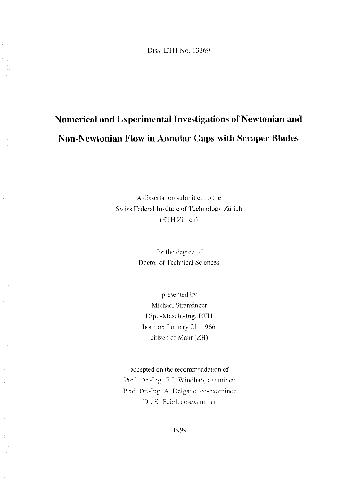
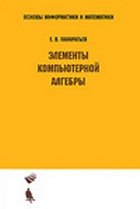
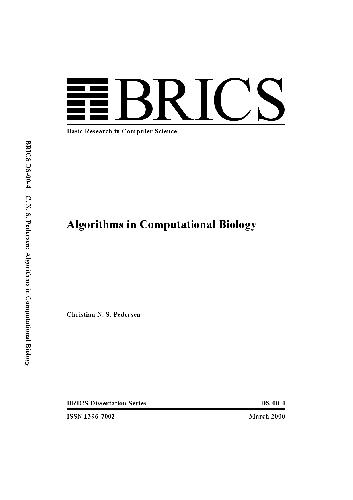
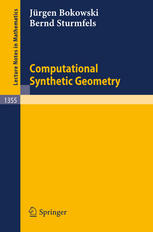
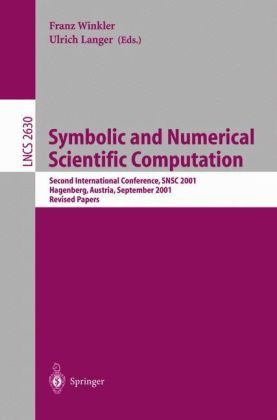


Reviews
There are no reviews yet.